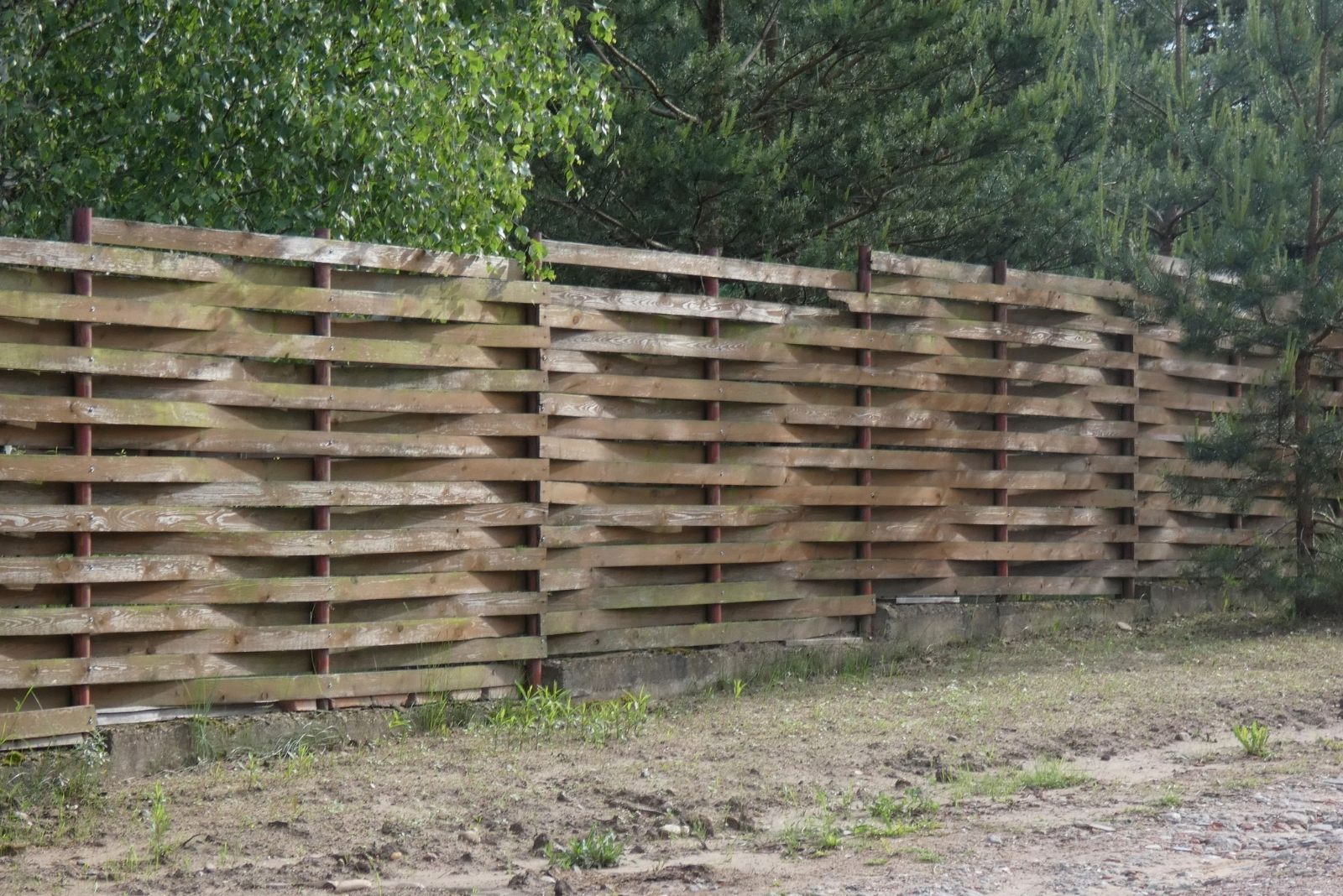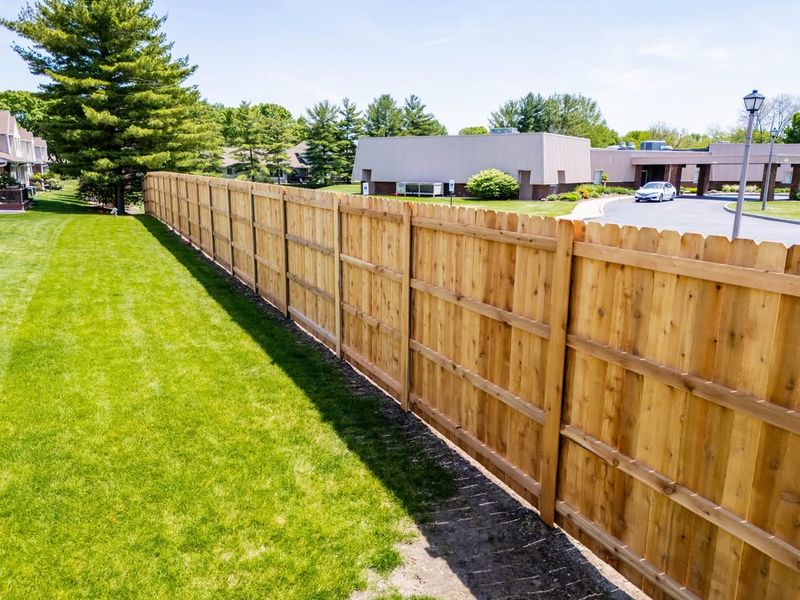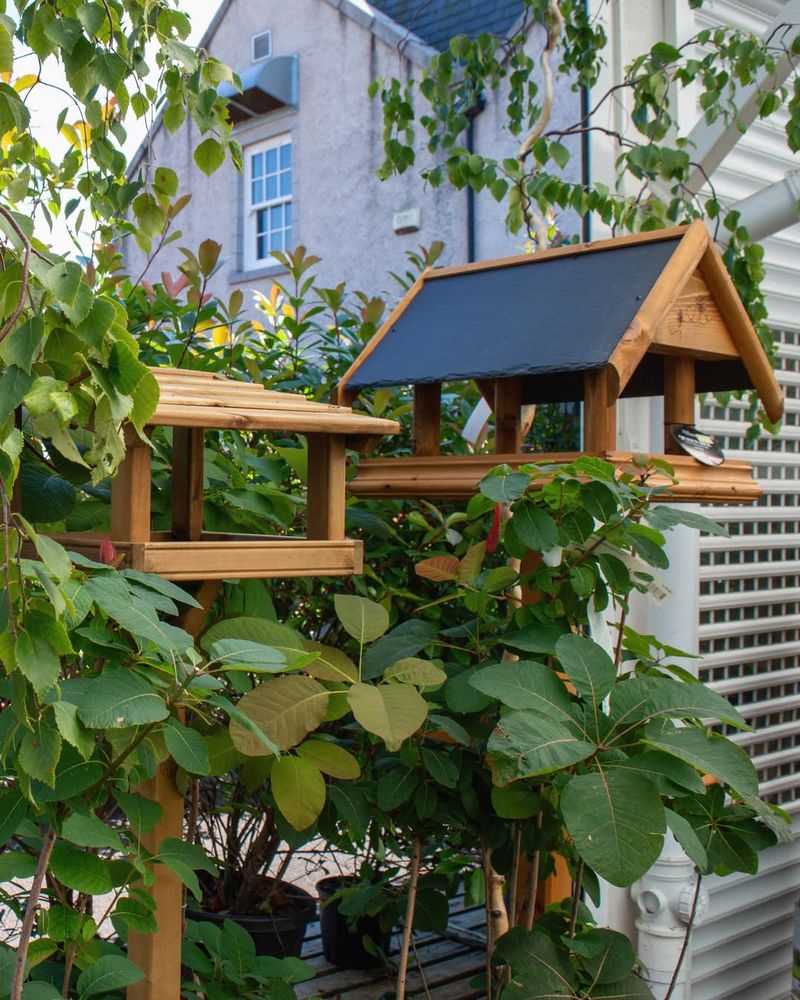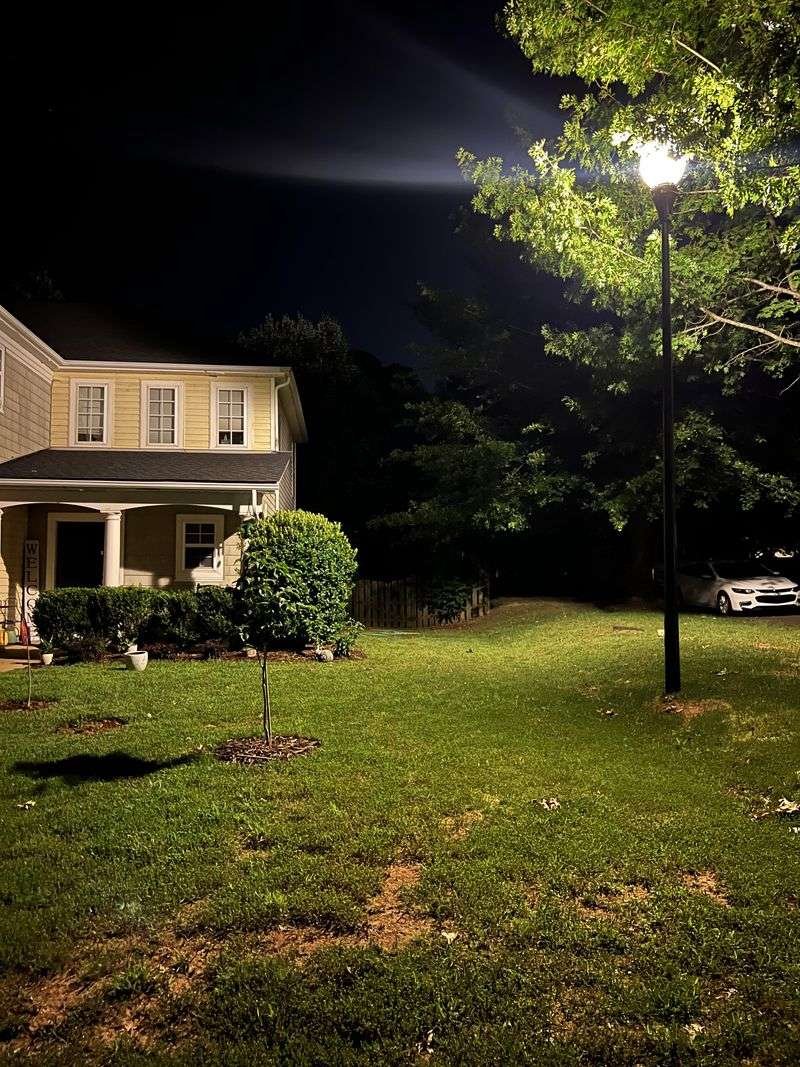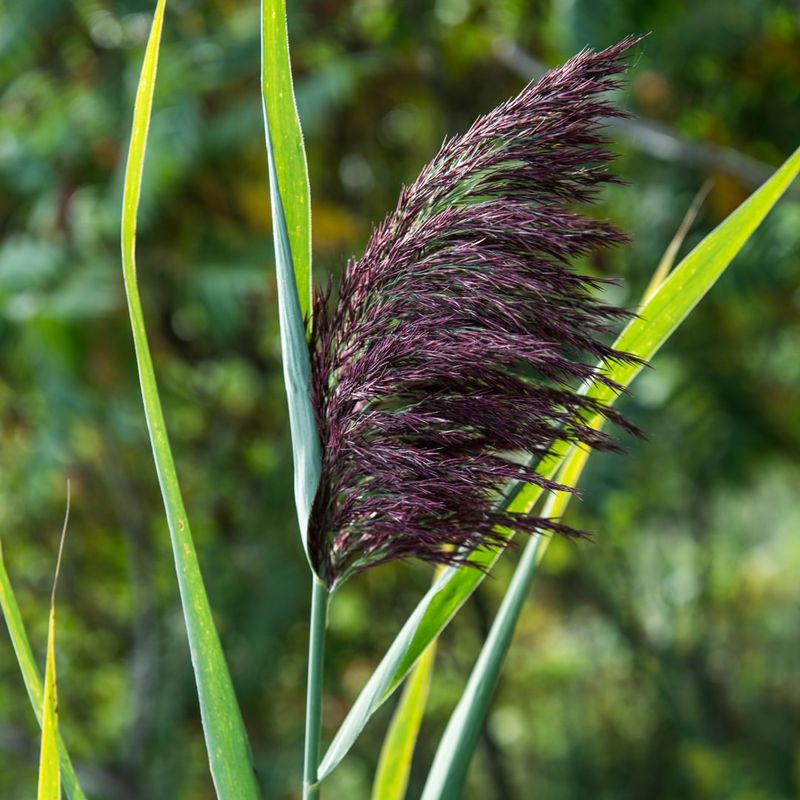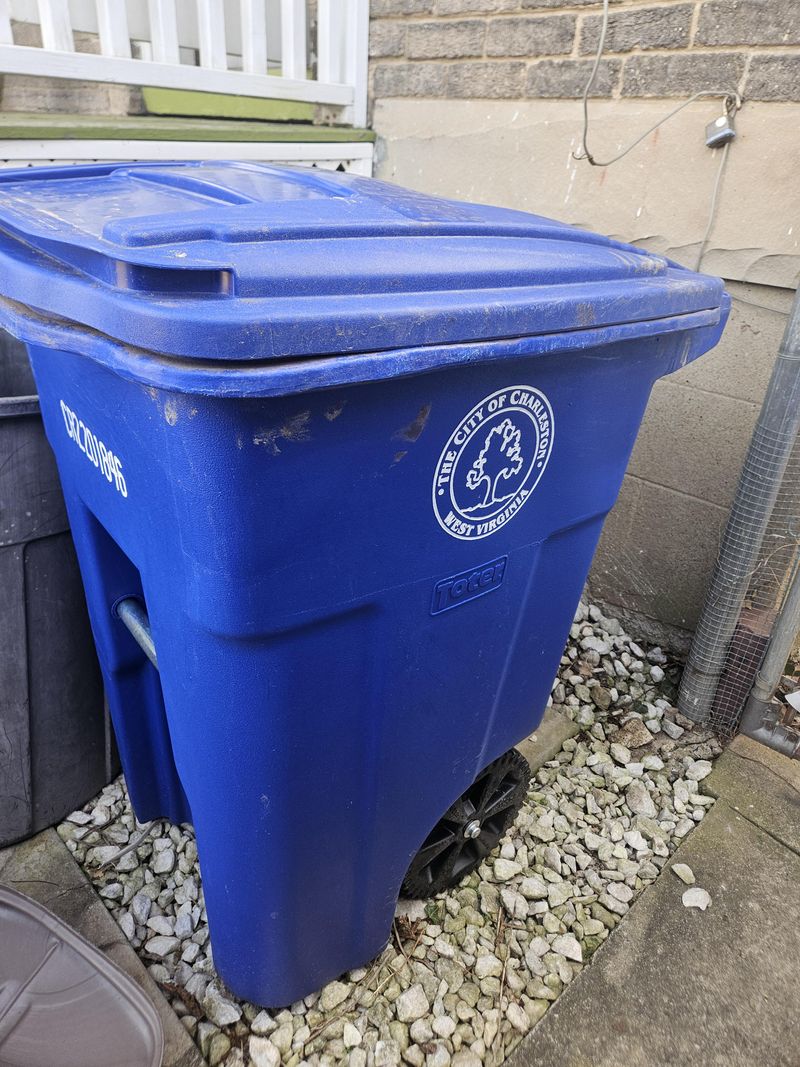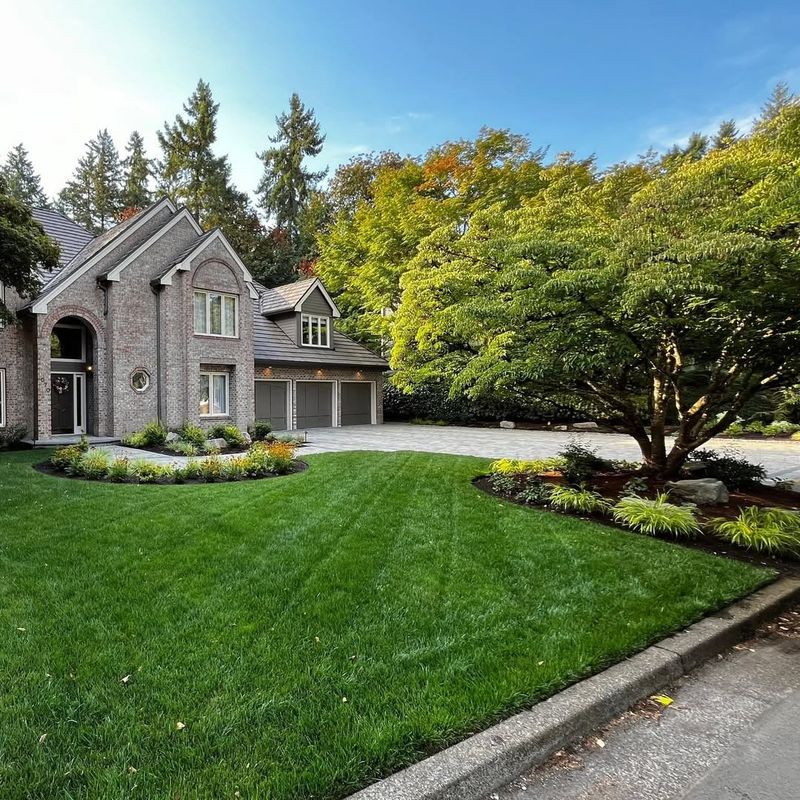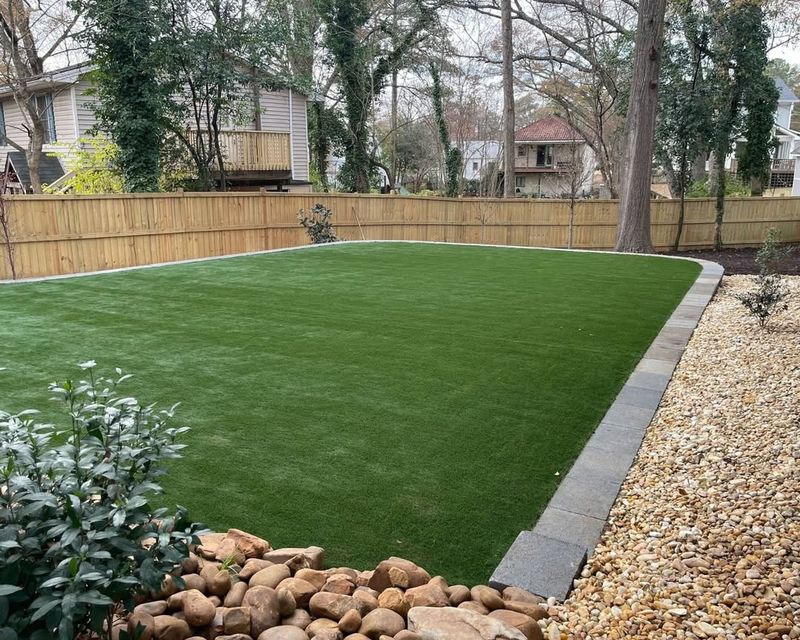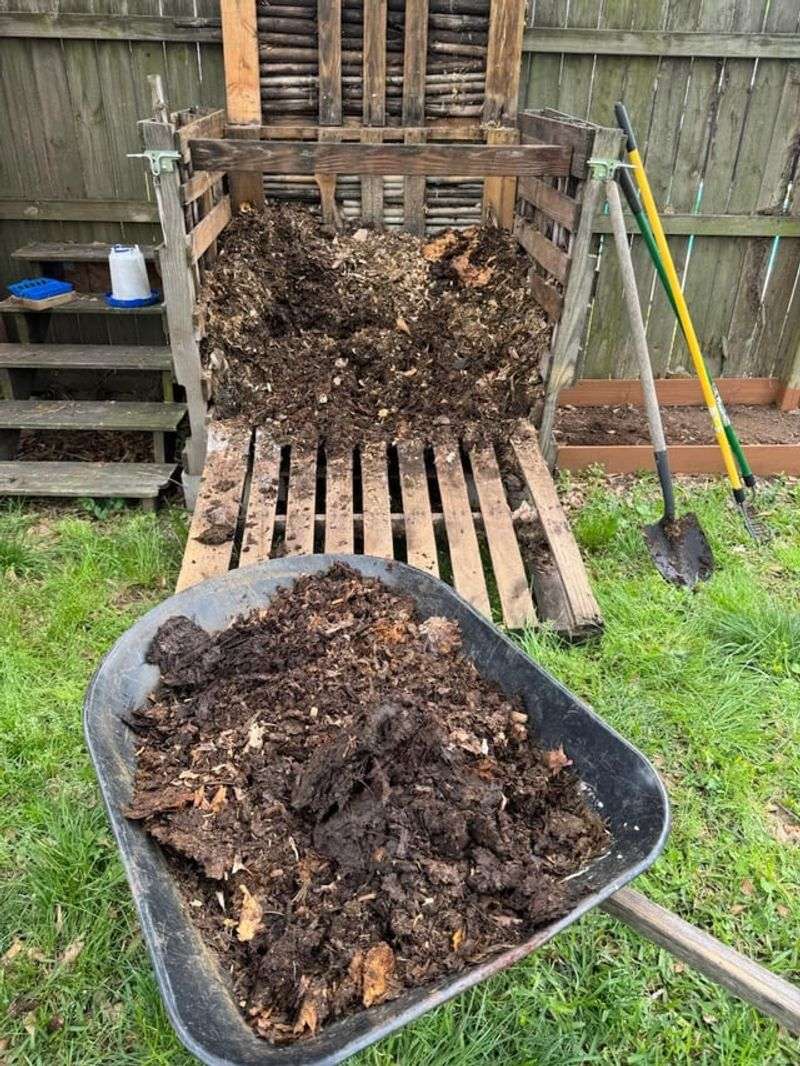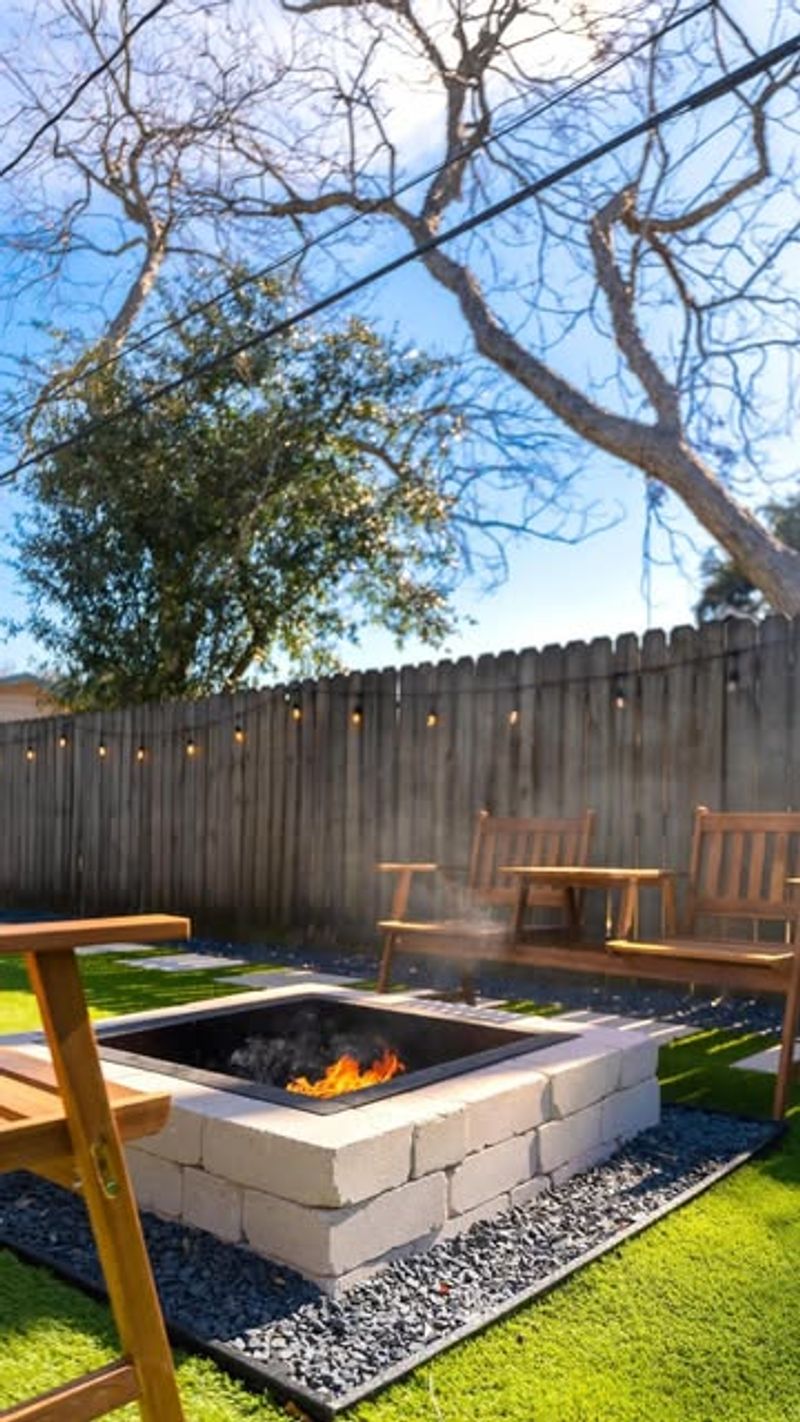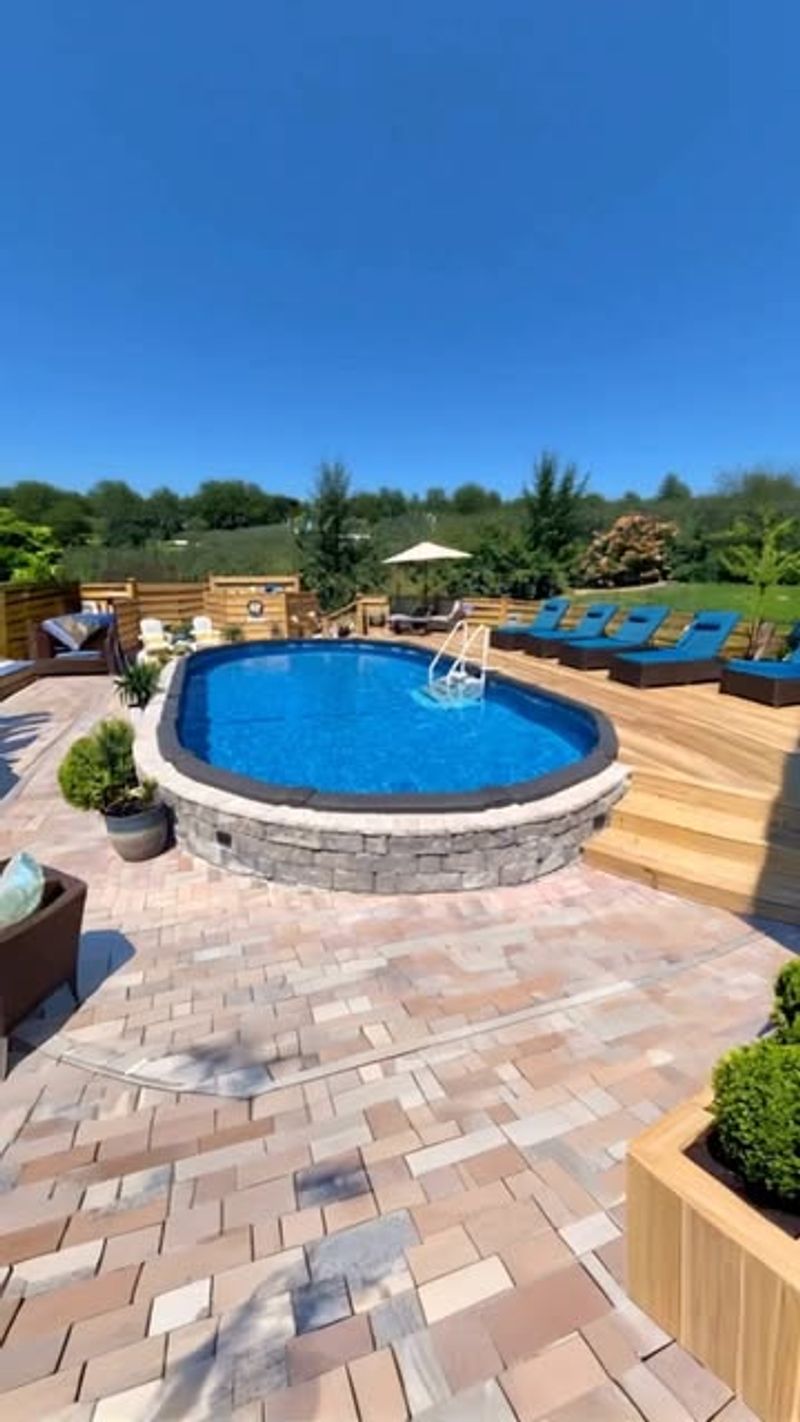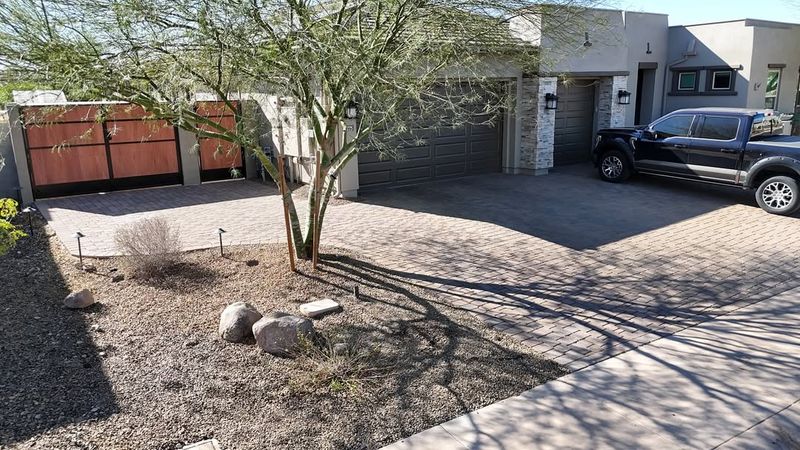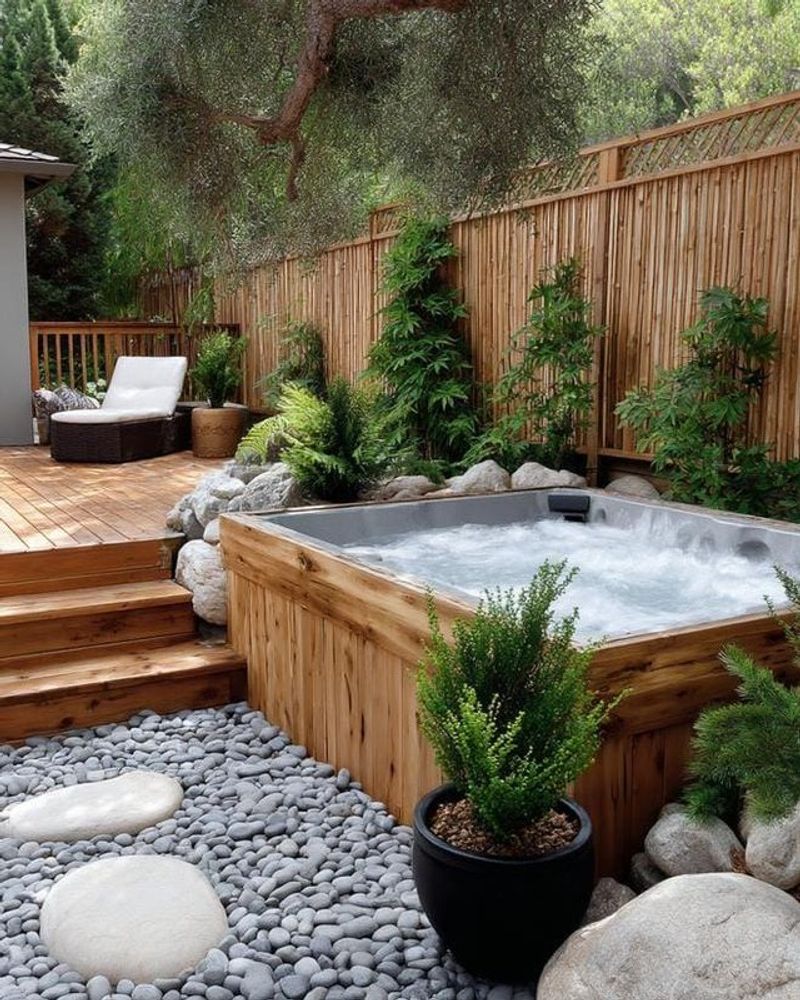Alaska’s communities value their outdoor spaces, but new rules are changing what’s allowed. These 12 yard features might soon be off-limits, so it’s worth knowing what’s ahead.
Staying informed keeps your yard beautiful and compliant with local laws. Here’s what Alaska gardeners should keep an eye on.
1. Tall Privacy Fences
Fences exceeding six feet may soon disappear from Alaska yards. Local councils argue these barriers obstruct mountain views and create wildlife corridors that funnel moose into dangerous situations.
Several Anchorage neighborhoods have already implemented height restrictions after incidents where tall fences contributed to moose-vehicle collisions by forcing animals onto roadways instead of allowing natural movement patterns.
2. Outdoor Feeding Stations
Bird feeders and wildlife feeding stations attract more than friendly visitors in Alaska’s neighborhoods. Bears become regular guests once they discover these easy food sources, creating dangerous human-wildlife encounters.
Fairbanks officials report a 40% increase in bear incidents related to backyard feeding. New regulations may limit or completely prohibit these stations during summer months when bear activity peaks.
3. Bright Outdoor Lighting
Powerful floodlights and decorative yard illumination face scrutiny across Alaska communities. These lights disrupt natural wildlife patterns and contribute to light pollution that dims the spectacular northern lights viewing.
Juneau residents have started a dark sky initiative after studies showed bright yard lights affect migration patterns of local birds and disrupt neighborhood enjoyment of aurora borealis displays during winter months.
4. Non-Native Plant Species
Exotic plants that look lovely in catalogs can become invasive nightmares in Alaska’s delicate ecosystem. Certain ornamental species escape yard boundaries and threaten native vegetation crucial for local wildlife.
Palmer garden clubs now maintain watchlists of problematic non-natives. Species like European bird cherry trees and orange hawkweed face potential bans after spreading aggressively through natural areas near residential developments.
5. Unsecured Garbage Solutions
Traditional garbage cans without proper wildlife protection create dangerous attractants for bears and other animals. Many Alaska neighborhoods now require bear-resistant containers to prevent wildlife encounters.
Kodiak residents learned this lesson after several brown bears became habituated to residential areas. New regulations may standardize secure waste management across more communities to protect both residents and wildlife.
6. Excessive Lawn Size
Large manicured grass lawns consume tremendous water resources and require gas-powered equipment for maintenance. Alaska’s shorter growing season makes these yards particularly resource-intensive and environmentally questionable.
Kenai Peninsula communities are considering limits on lawn square footage. New developments may need to incorporate more native landscaping that supports local pollinators and requires less intensive maintenance in Alaska’s challenging climate.
7. Artificial Turf
Synthetic grass seemed like a perfect solution for Alaska’s short growing season, but environmental concerns are mounting. Microplastic runoff and poor drainage issues have caught regulators’ attention in several communities.
Wasilla neighborhoods report problems with artificial turf freezing solid in winter. The impermeable surface creates dangerous ice sheets and prevents natural water absorption that Alaskan ecosystems depend on during spring thaw.
8. Unfenced Compost Piles
Open compost heaps attract wildlife from miles around in Alaska’s neighborhoods. Bears especially find these organic buffets irresistible, creating dangerous situations for residents and animals alike.
Homer gardeners recently documented five different bears visiting unsecured compost piles on residential properties. New guidelines will likely require enclosed, animal-proof composting systems or community-based solutions instead of individual yard piles.
9. Recreational Fire Pits
Backyard fire pits face increasing restrictions due to wildfire concerns and air quality issues. Alaska’s dry summer conditions can quickly turn recreational fires into neighborhood threats.
Talkeetna homeowners associations have already implemented seasonal bans during high-risk periods. New regulations may standardize setback requirements, size limitations, and mandatory spark arrestors for all residential fire features throughout the state.
10. Above-Ground Pools
Temporary swimming pools create several problems in Alaska’s unique environment. These structures can attract wildlife seeking water sources and create hazards when improperly secured during freezing temperatures.
North Pole neighborhood committees report damaged property from winter ice expansion in abandoned pools. New regulations may require permits, seasonal removal requirements, and wildlife safety measures for all above-ground water features.
11. Oversized Parking Areas
Expansive gravel or concrete parking pads for recreational vehicles and snow machines take up significant yard space in Alaska. These impermeable surfaces create drainage issues and contribute to neighborhood flooding during spring thaw.
Seward community planners have documented increased runoff problems in areas with excessive vehicle parking. New guidelines may limit the percentage of property that can be dedicated to vehicle storage in residential yards.
12. Unscreened Hot Tubs
Outdoor spas without proper covers attract curious wildlife and create potential drowning hazards for animals. Bears and smaller creatures often investigate these water features, especially when steaming in cold weather.
Sitka residents have documented multiple instances of wildlife becoming trapped in uncovered hot tubs. Proposed regulations would require lockable, wildlife-resistant covers and screening to prevent dangerous interactions in Alaska neighborhoods.

